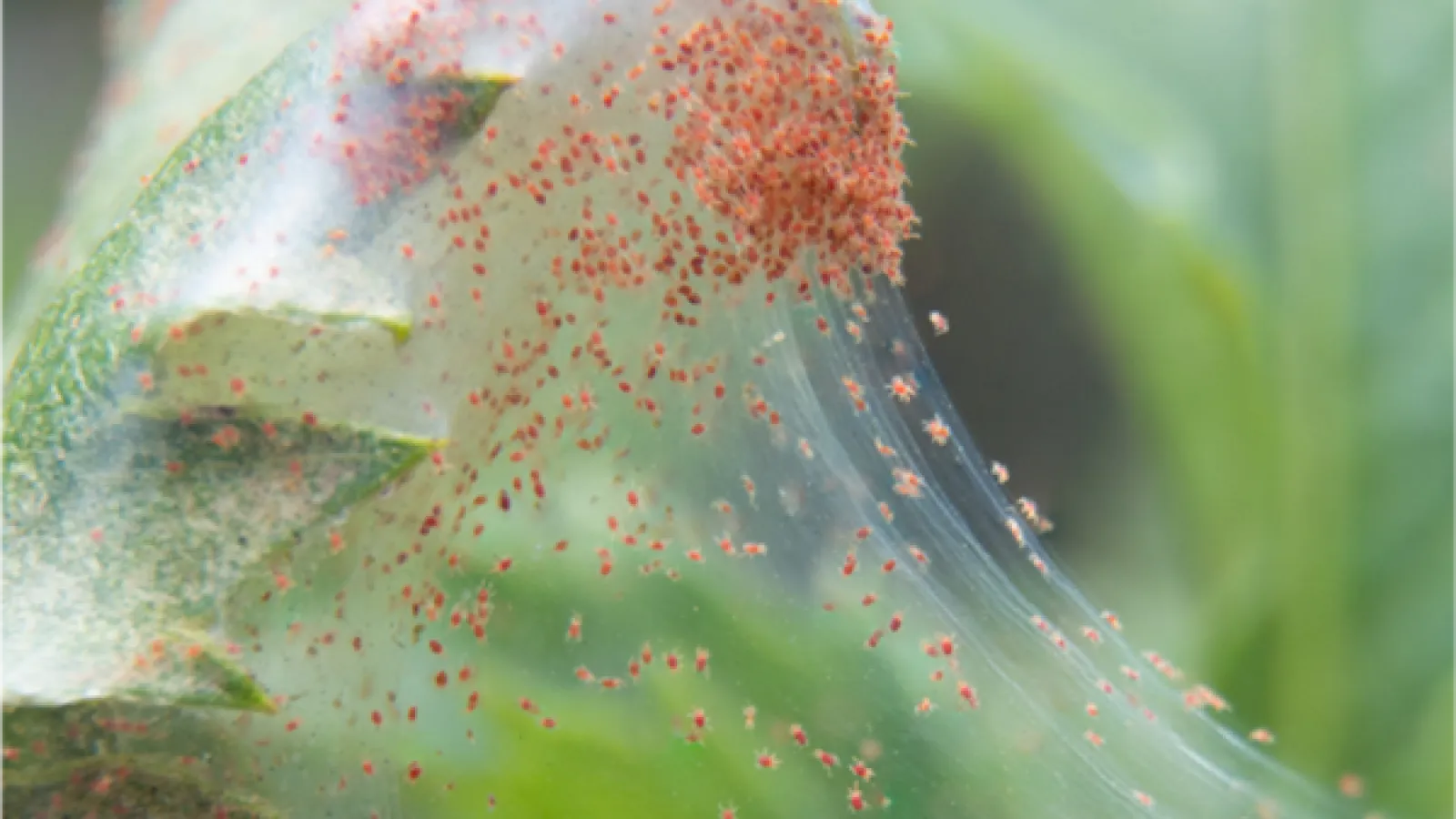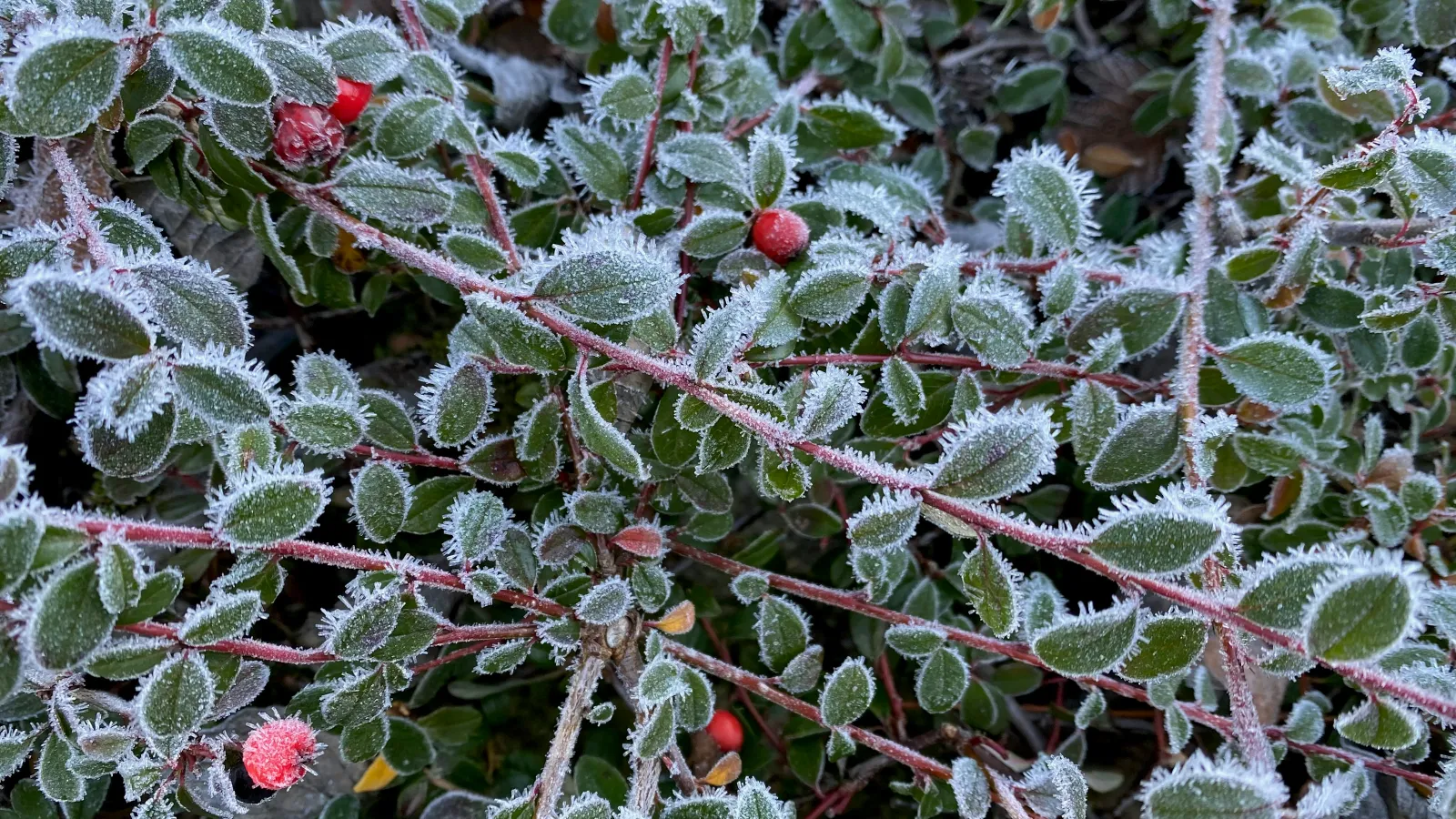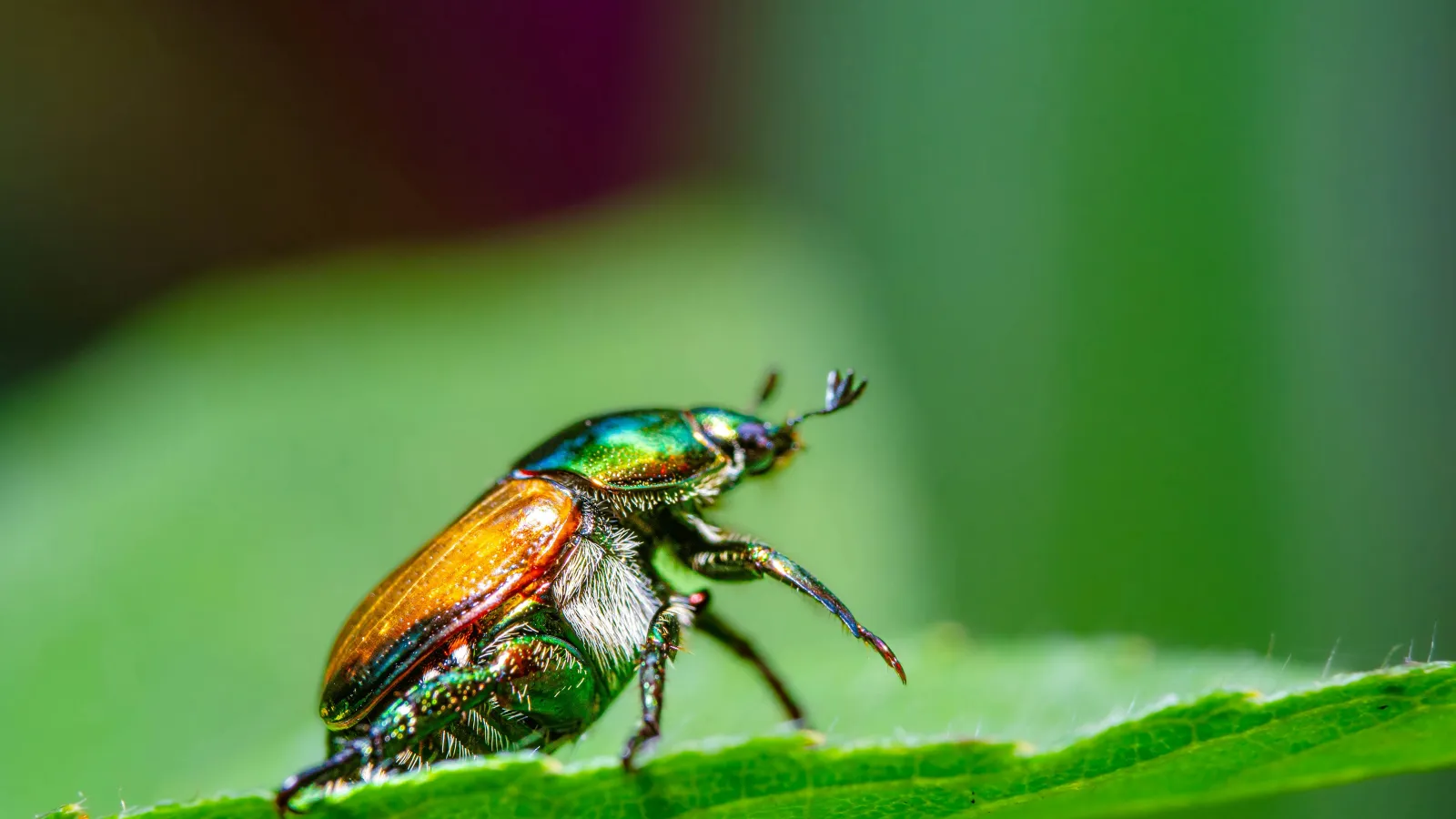
Spider Mites
Mites are tiny bugs in the tick and spider family. They reduce plant vigor and transmit viruses and diseases. They are commonly found on junipers and arborvitaes but can also infest hollies, boxwoods, and some trees.
Feeding
These little suckers feed by piercing plant cells and feeding on the moisture inside. Their feeding can cause many issues, including leaf cupping, discoloration (yellowing and bronzing), distortion, spotting, speckling, and stunting growth.
Physical Characteristics & Reproduction
Spider mites get their name because of the web they can spin and the eight legs on the adult body. In hot, dry weather, they reproduce rapidly, with a new generation emerging every week in the worst cases. They can go from egg to full adult in less than a week. Due to their small size, they often go unnoticed until the infestation is quite large.
The Mite Test
If you suspect you have these pests, hold a white piece of paper under a branch of your plant and shake the limb. Then examine the debris that fell onto the paper. Look for tiny moving pink specks that are moving. Smear them. They will leave behind pink streaks on the paper if they're mites.
Common Types of Mites
There are hundreds of different types of mites, but the ones that cause the most trouble are the two-spotted spider, spruce spider, and the southern red mite.
Two-spotted Mite
Spotted spiders is typically the most common mite seen on many plant species in the home garden and landscape, particularly in the warmer summer months. They're oval and about 1/50 inch long. They can be brown, orange-red, green, greenish-yellow, or translucent.
Spruce Mite
Spruce mites prefer cooler temperatures and are more problematic in spring and fall. This fellow is considered one of the most destructive spider mites in the United States. It injures the foliage of spruce, arborvitae, juniper, hemlock, pine, and Douglas fir, to name a few.
Southern Red Mite

A cool-temperature pest, southern red mite is most often seen in spring and fall, particularly on broadleaf evergreens, including rhododendrons and camellias. It's red body makes them easy to recognize and identify.
Control
Now that you understand a bit about spider mites and how to detect them, let's talk about control. If you have a mite issue and want to tackle them yourself, you can try washing them off. However, rinsing treatments must be done frequently enough (weekly) to ensure the mites will not climb back on the plants. Mid-season washing of the leaves can help reduce the spider mite population, but unfortunately, this method won't work on large infestations. When the plant shows symptoms evident to the naked eye, control of these pests will be difficult and often requires miticides.
Professional Tree & Shrub Care
The Turf Masters Tree and Shrub Care program is a 8 application program and includes insecticides, fungicides, and miticides. Miticides can help prevent and control various types of mites in your landscape. For your free evaluation, contact Turf Masters today.
Photo credit: Illinois Extension

